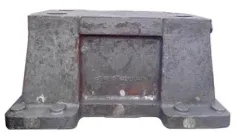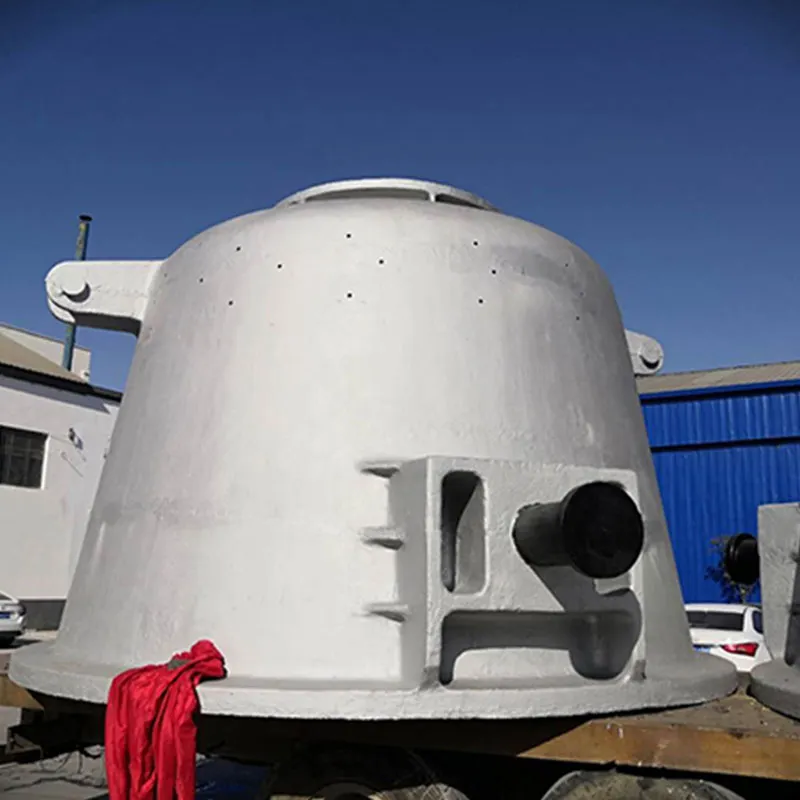- Afrikaans
- Albanian
- Amharic
- Arabic
- Armenian
- Azerbaijani
- Basque
- Bengali
- China
- China (Taiwan)
- Czech
- Danish
- Dutch
- English
- French
- German
- Greek
- Gujarati
- Haitian Creole
- hausa
- Miao
- Hungarian
- igbo
- Indonesian
- Italian
- Japanese
- Javanese
- Rwandese
- Korean
- Kyrgyz
- Lao
- Lithuanian
- Luxembourgish
- Macedonian
- Malgashi
- Malay
- Mongolian
- Myanmar
- Nepali
- Norwegian
- Persian
- Polish
- Portuguese
- Punjabi
- Russian
- Spanish
- Swahili
- Swedish
- Telugu
- Vietnamese
Jan . 15, 2025 02:58 Back to list
jaw crusher adjustment


When setting the jaw crusher's discharge opening, determine the required size of the output material. For consistency, use a graduated scale or similar measuring tool. Carefully adjust the gap by manipulating the crusher's tension rods or hydraulic cylinders, observing all necessary safety protocols. It is essential to maintain uniformity in the gap setting along the width of the chamber to avoid uneven wear on the jaws. Besides mechanical adjustments, pay attention to the crusher's feed size and material composition. Overloading or introducing oversized materials can lead to blockages that hinder performance and increase downtime. Gradation control ensures stable crusher output and prolongs the lifespan of its components. Employing screens to sort material before it enters the crusher can minimize the risk of clogs and maintain consistent throughput. Finally, collaborate closely with experienced technicians, and implement advanced monitoring systems if available. Technologies such as wear sensors, automated controls, and machine diagnostics can offer real-time insights into the jaw crusher's performance and wear conditions. These systems reduce the need for extended diagnostics and adjustments, ensuring seamless operations and reducing unnecessary manual checks. In conclusion, maintaining peak efficiency in jaw crushers revolves around sustained, precise adjustments, proactive maintenance, and integrating technology where feasible. Leveraging the expertise of manufacturers and skilled personnel, along with employing systematic procedures, guarantees the jaw crusher remains a robust, reliable workhorse within any material processing operation. By fostering these practices, operations not only optimize production but also uphold safety and extend machinery lifespan, solidifying their position as leaders in heavy-duty industrial processes.
-
Low-Cost Borehole Drilling Machine for Small-Scale Projects
NewsJul.11,2025
-
Carbide Bullet Teeth for Abrasive Formations: Powering Industrial Drilling Efficiency
NewsJul.11,2025
-
Advantages of Down-the-Hole Drill Bits in Geothermal Projects
NewsJul.11,2025
-
Hole Hammer Use in Water Well Drilling
NewsJul.11,2025
-
Benefits of a Mobile Diesel Compressor in Construction
NewsJul.11,2025
-
Benefits of Diesel Portable Screw Air Compressors
NewsJul.11,2025

















